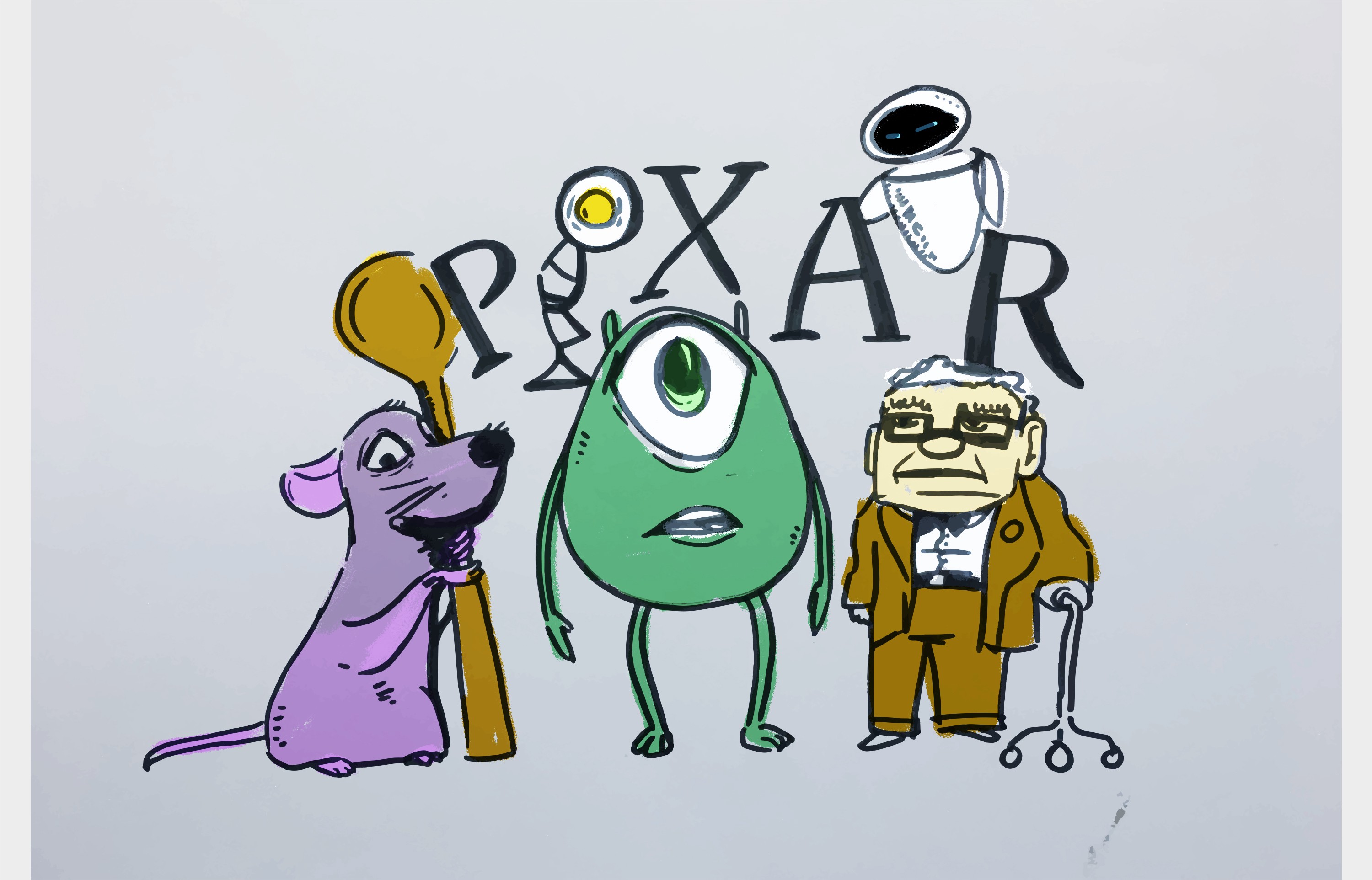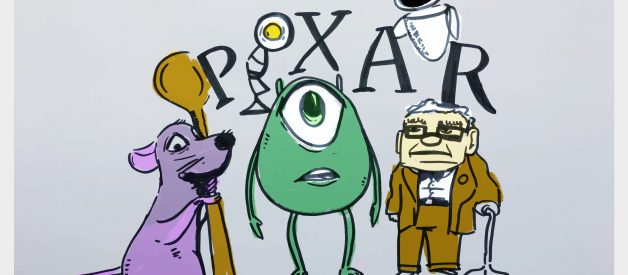A helpful list for becoming a better storyteller from the world?s animation experts.

Storytelling is mankind?s perennial sales tool. If you can tell a good story you can sell anyone almost anything. Here we learn some top tips from the world?s animation experts.
It doesn?t matter whether it?s a business idea, a political vision or a toothbrush; if you?ve got a good tale to go with it success is surely coming your way.
If you?re not confident in your storytelling abilities, the good news is that it?s easy to become better at it.
One way to do so is to learn from established and respected storytellers.
Like Pixar for example.
Back in 1986, Steve Jobs bought the computer graphics division of Lucasfilm Ltd and rebranded it. Coined by employees Aly Ray, Loren Carpenter and Rodney Stock, Pixar is a made-up Spanish word meaning ?to make pictures.?
Jobs instinctively saw the future potential of animated movies using the technology and he was right; the studio would go on to make some of the world?s most favourite movies that had the ability to transcend audiences of all ages.
Key to Pixar?s success has been it?s passionate belief and utmost dedication to the art of storytelling.
Luckily, they have shared their own ?22 Rules of Storytelling? and they are as follows:
1. Admire characters for attempting more than what their successes have been.
2. Keep in mind what?s interesting to you as an audience, not what?s fun as a writer. They can be very different.
3. Trying for theme is important, however you won?t see what the story is about until you?re at the end of that story. Got it? Now rewrite.
4. Once upon a time there was?? Every day, ??One day??Because of that, ?? Until finally??
5. Simplify. Focus. Combine characters. Hop over detours. You?ll feel like you?re losing valuable stuff but it sets you free.
6. What is your character good at or comfortable with? Throw the polar opposite at him. Challenge him. How does he deal with it?
7. Come up with your ending before you figure out your middle. Seriously. Endings are hard. Get yours working up front.
8. Finish your story. Let go even if it?s not perfect. In an ideal world, you have both, but move on. Do better next time.
9. When you?re stuck, make a list of what wouldn?t happen next. More often than not, the material that gets you unstuck appears.
10. Pull apart the stories you like. What you like in them is part of you. Recognise it before you use it.
11. Why must you tell this story in particular? What?s the belief burning within you that your story feeds off? That?s the heart of it.
12. Discount the 1st thing that comes to mind. And the 2nd, 3rd, 4th, 5th ? get the obvious out of the way. Surprise yourself.
13. Give your characters opinions. A character being passive or malleable is easy for you as a writer, but it?s poison to your audience.
14. What?s the essence of your story? What?s the most economical way of telling of it? If you know that, you can build out there.
15. If you were your character, in this situation, how would you feel? Honesty lends credibility to unbelievable situations.
16. What are the stakes? Give us reason to root for the character. What happens if he doesn?t succeed? Stack the odds against him.
17. No work is ever wasted. And if it?s not working, let go and move on ? if it?s useful, it?ll show up again.
18. You have to know yourself, and know the difference between doing your best & being fussy. Story is testing, not refining.
19. Coincidences that get characters into trouble are great. Coincidences that get them out of it is cheating.
20. Exercise. Take the building blocks of a movie you dislike. How would you rearrange them into what you DO like?
21. Identify with your situation/characters. Don?t write ?cool.? What would make YOU act that way?
22. Putting it on paper only allows you to start fixing it. If a perfect idea stays in your head, you?ll never share it with anyone.


